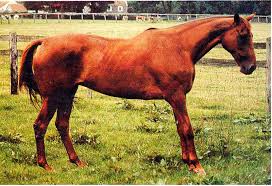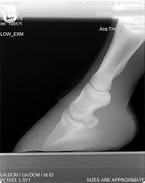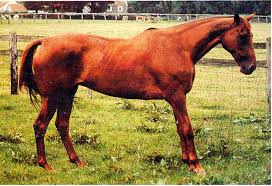Laminitis in Horses
Laminitis is a very common and very serious condition of horses, leading often to extreme pain and severe lameness. Many horses worldwide are euthanized due to the crippling effects of the disease. Henks' father Dr Evert Offereins developed a revolutionary approach to laminitis, which involves special shoes applied by a specially trained farrier, and offering remarkably improved recovery rate. Below is some general advice for owners of horses diagnosed with laminitis, but please do not hesitate to contact the clinic if you have any questions regarding this condition, especially with regard to our unique shoeing approach.
|
|
|



